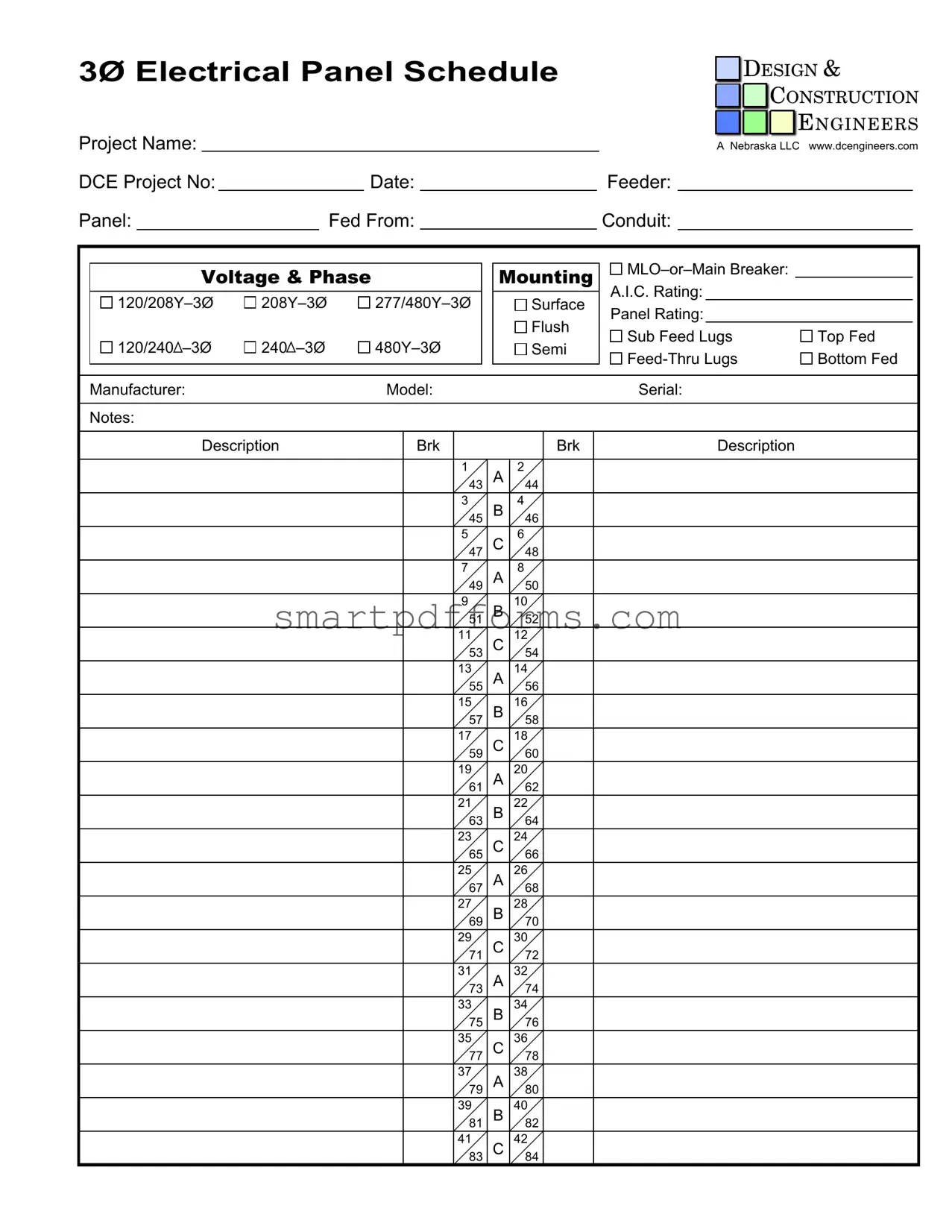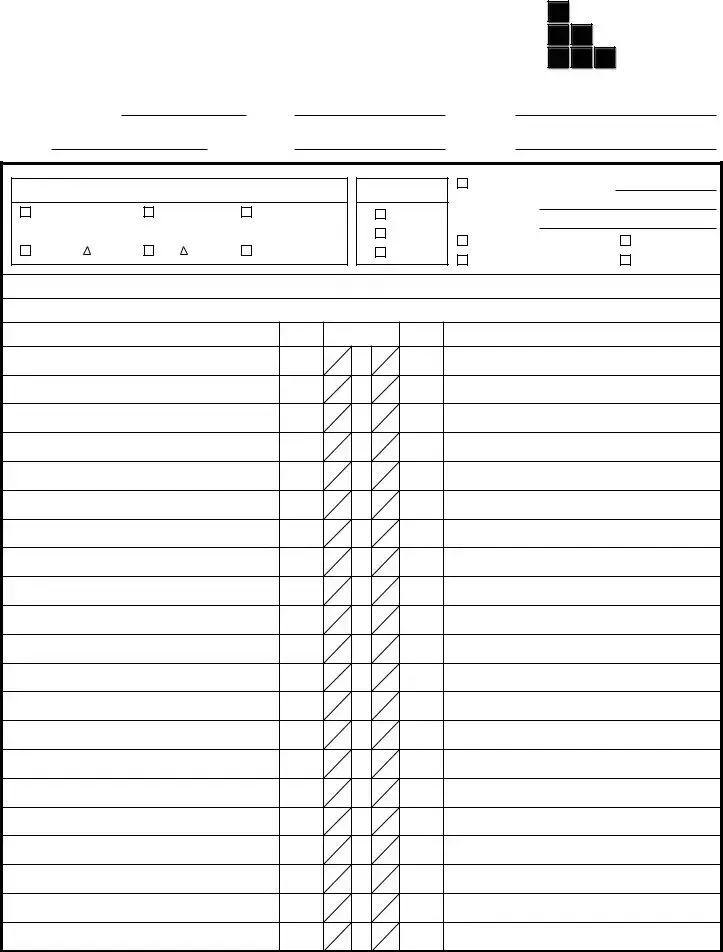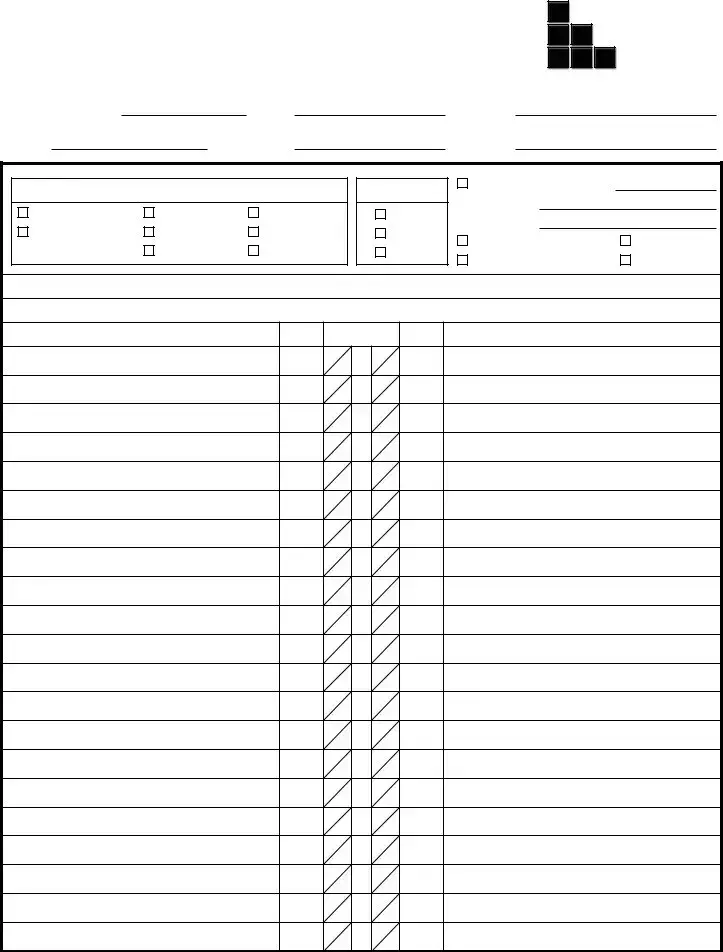In the complex world of electrical engineering and design, the Electrical Panel Schedule form stands as a critical tool, serving multiple purposes that are essential for both the planning and execution of electrical projects. At its core, the form documents specific details about the electrical panel configuration for a project, including key information such as the project name, management by Design & Construction Engineers, and project-specific data including project numbers and dates. It meticulously records the technical specifications of the electrical panel, including feeder connections, panel identification, sources it is fed from, conduit types, voltage and phase, and the mounting method—whether it's a Main Lug Only (MLO) or contains a Main Breaker, along with the Available Interrupting Current (A.I.C.) rating. Additionally, it details the panel's physical setup such as surface or flush mounting, and the arrangement of sub-feed and feed-thru lugs. This form, set against the backdrop of specific projects managed by entities like A Nebraska LLC, as highlighted in the provided documentation, outlines not only the electrical capacities and configurations but also ensures compliance with safety standards and enhances the efficiency of project management. It itemizes the designation and description of each circuit breaker slot within the panel, marking a clear pathway for electrical engineers and construction teams to follow. Variances between three-phase (Ø) and single-phase settings, alongside the diversity in voltage requirements, reflect the form's adaptability to different project needs. Ultimately, the meticulous nature of the Electrical Panel Schedule form underscores its indispensable role in bridging the gap between detailed electrical engineering design and the practical requirements of construction and safety standards.


